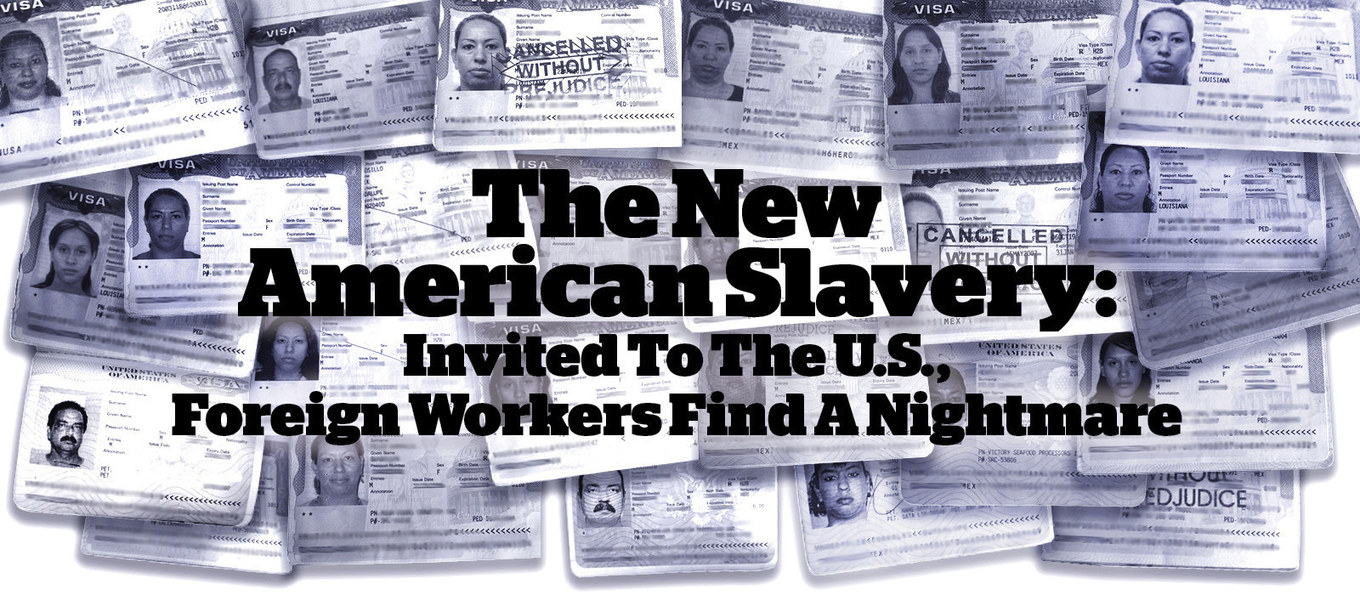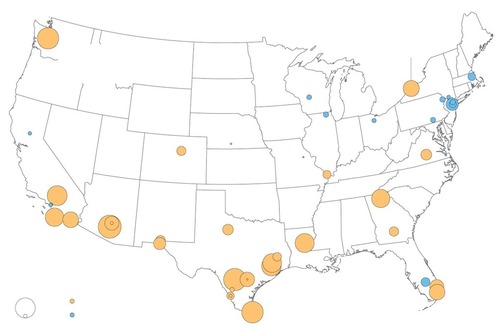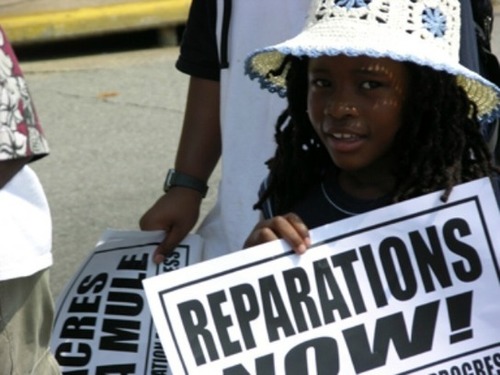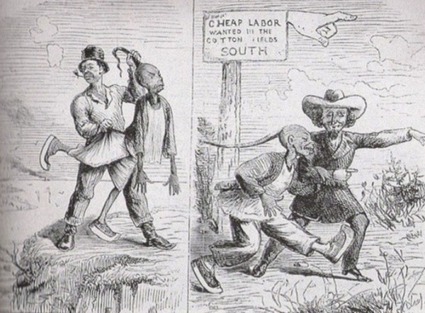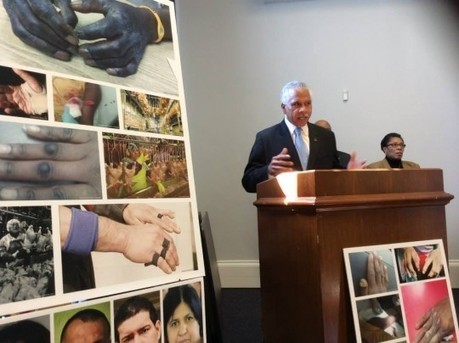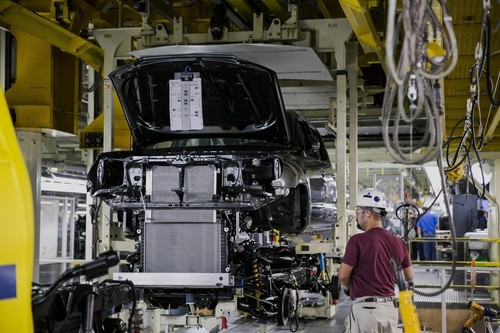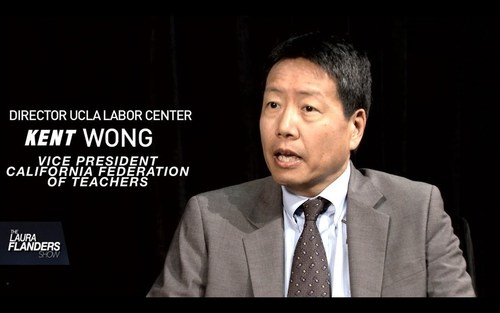The H-2 visa program invites foreign workers to do some of the most menial labor in America. Then it leaves them at the mercy of their employers. Thousands of these workers have been abused — deprived of their fair pay, imprisoned, starved, beaten, raped, and threatened with deportation if they dare complain. And the government says it can do little to help. A BuzzFeed News investigation.
Continue reading
Sourced through Scoop.it from: www.buzzfeed.com


